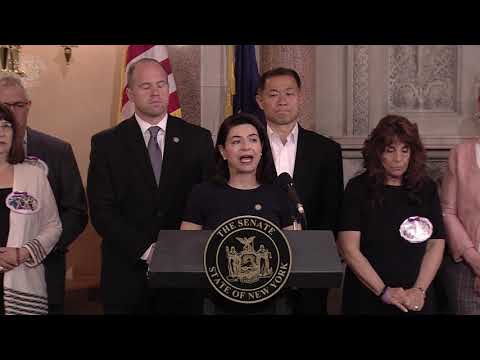
NY Takes 1st Step In Adding Equal Rights To State Constitution [POLL]

NEW YORK — Amending the New York State Constitution is no small matter.
In order to change the Constitution, a resolution must be passed by two successive legislatures. It then has to be voted on and approved by a majority of voters in a public referendum.
That is what the Senate and Assembly in Albany are trying to accomplish with two bills passed July 1 that would codify the right to an abortion and the right to contraception in New York's Constitution.
State Senator Anna M. Kaplan, D-North Hills, co-sponsored S.51002 — the Equal Rights Amendment — in the wake of the Supreme Court's decision to overturn Roe v. Wade. The Assembly version, which also passed, is A.41002.
She said the resolution also expands equal protection under the law to several new identity classes, including on the basis of ethnicity, national origin, age, disability and sex.
"The ERA will protect New Yorkers from discrimination," Kaplan said, "and it will ensure that abortion and reproductive healthcare access are protected no matter what."
Of concern, besides the reversal of 50 years of bodily autonomy for women, was the concurring decision by Justice Clarence Thomas who said the highest court in the nation should reconsider past rulings codifying rights to contraception, same-sex relationships and same-sex marriage, she said.
"The Supreme Court has been on a reckless spree of extreme and dangerous rulings that are wildly out of step with the nation," Kaplan said, "and there's no telling whose rights they might attack next."
She said the ERA will protect LGBTQ+ New Yorkers in case the court issues other radical decisions.
Senator Andrew Lanza, R-Staten Island, opposed the amendment, saying he thought it was overreaching and could discriminate against certain religions, The New York Times reported.
He said he didn't think anyone should be discriminated against "whatever your views on abortion," he told the Times.
The earliest a referendum could come to a vote would be November 2023, but there is talk about bringing it to the public in November 2024 when turnout would be greater because it's a presidential election.
Now it's your turn to weigh in on the issue. Vote in our unscientific poll and tell us what you think in the comments.



